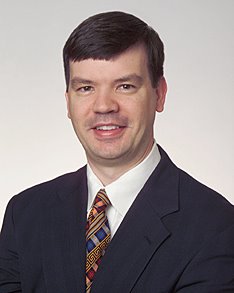
The advances in the technology of silicone breast implant design and manufacturing have progressed significantly since the original was introduced in the late 1950's. We are now in what's called either the 4th or 5th distinct generation of implants as identified in our literature.
Most of the problems seen in the "implant crisis" of the early 1990's were those of the 2nd generation which had very liquid (non-cohesive) silicone gel fillers with thin shells that had a propensity to "bleed" or leak small amounts of silicone even when intact. The FDA endorsed 3rd/4th generation devices in October which have thicker, more-cohesive gel and thicker shells with coating that radically reduces gel bleeding. The high-cohesive "gummy bear" implants contain even thicker gel filler and are pending US approval while widely used elsewhere.
Saline implants are destined for the historical dustbin and have never been used widely outside of the United States.
Other then the form-stable devices, what are the new areas for improvement in implant science and use? Manufacturers report on electron microscopy of explanted devices suggests that many ruptured implants are ultimately caused from trauma during insertion years prior. That may or may not in fact be true as surgical trauma from removal could be hard to distinguish from preexisting device architecture. This assertion has had the effect of stimulation a great deal of educational efforts on proper techniques for insertion, implant handling, and other technical maneuvers.
A chemist, Dr. Judit Puskas, at the University of Akron, is trying to push the scientific envelope developing implants made of a biorubber called polyisobutylene. This compound purports to be lighter, less likely to rupture and less permeable than silicone implants. A write-up of this can be found here.
An interesting property of these biorubber implants would be the ability to design them to contain and release drugs that could inhibit the growth of the implant capsules, akin to how a drug-coated stents prevent scar tissue from blocking coronary arteries. In fact, polyisobutylene is already used in such stents with little side-effects.








